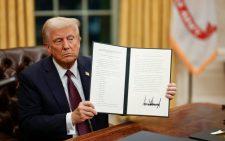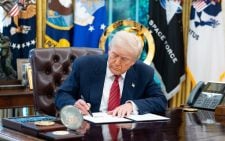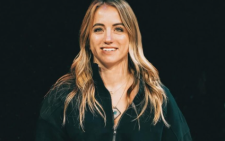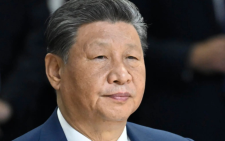Conservatives have nowhere to hide in media
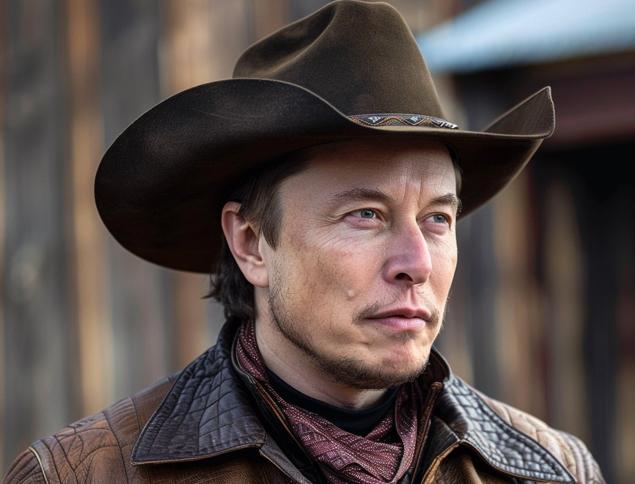
Safe places are shrinking, and this is especially true in the media. Elon Musk started the world on this path. The world’s richest man bought what was then known as Twitter and, shortly after, changed its name to just X. But that was not the most drastic thing he did.
Musk believes in unfettered freedom of expression. He has little faith in regulation and even less in government involvement in monitoring what people say or have access to on these platforms. Many liberals share this view, but Musk takes it a step further.
Proponents of media policy have long argued for exercising the right to free expression but with responsibility because they fear that what is said about them may injure others. Consequently, guardrails have been put in place that, in some cases, would, with a soft touch, safeguard against excesses.
The extent of exuberance in approaching this task has differed from one jurisdiction to another. Some have been more enthusiastic than others and limited those rights significantly. Others have primarily stepped back, always urging caution but allowing the freedom space to evolve.
In the last two decades, the media space has evolved dramatically. We have moved away from a state where the traditional media — books, newspapers, radio, and television — controlled what people had access to and are now in a new environment with multiple outlets, all of which continue to evolve.
Guardians of social and cultural values had a more manageable task in the past. Regulators who would gate-keep taste the content and approve what was socially acceptable for public consumption were in place. For the screen, some content would be marked for the general audience; others would require parental guidance, and others would be for adults-only viewing.
In the fast-paced life, parents knew that they could trust electronic gadgets to babysit their children. Cartoons, for example, generated significant interest in children and were considered part of the safe content menu. Children could watch cartoons with little fear that the cultural boundaries would be breached.
Of course, over the years, it has been debatable just how safe cartoons have been becoming. In many of them, again, liberals have been testing the boundaries, allowing as much violence and inappropriate content as they could get away with to get into the media.
With the speed at which new media spaces have emerged, it has been nearly impossible to keep the pace of regulation. But at least regulators have been trying. It led to the emergence of new players in the industry called fact-checkers and those who tasted content.
Now, in the world of Donald Trump and his second term at the White House, all that has been thrown out of the window. It has been labelled wokeness and, therefore, inappropriate, so it’s time to return to the basics.
On the eve of Trump’s ascendency to the White House, many IT sector industry leaders were announcing either a scaling back of the requirement to fact-check or a cleaning up of the content, as Musk argues, to allow the market to take care of itself. These players believe that the population can police the space on their own.
Today, it is a nightmare for cultural conservatives to turn on their media, be it the traditional one or the new variety, in public for fear of what may show up on their screen without warning. All you may be after is breaking news. Instead, what you will get is a revealing scene of sexual encounters, violence, and fake information.
The X platform is now generally a madhouse, with little being held back. Instagram initially marketed itself as a place where children could feel safe, but that, too, is changing, and the change is likely to be accelerated. Facebook may appear tame for now, but nobody knows how long it will last.
The television screen may still be your safest space even with all the cultural decline that exists there because the alternatives are increasingly getting worse. For those committed to cultural conservatism, there is nowhere to hide in the media these days.
— The writer is the Dean of Daystar University’s School of Communication-

